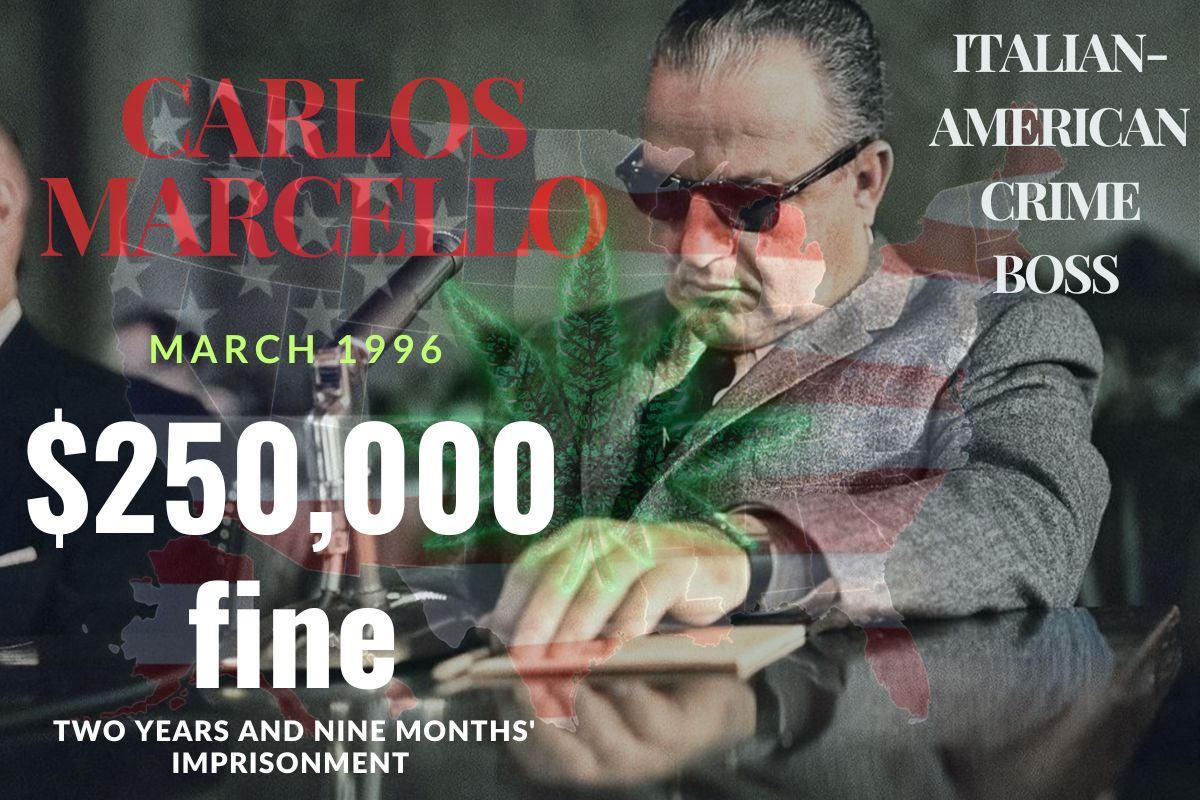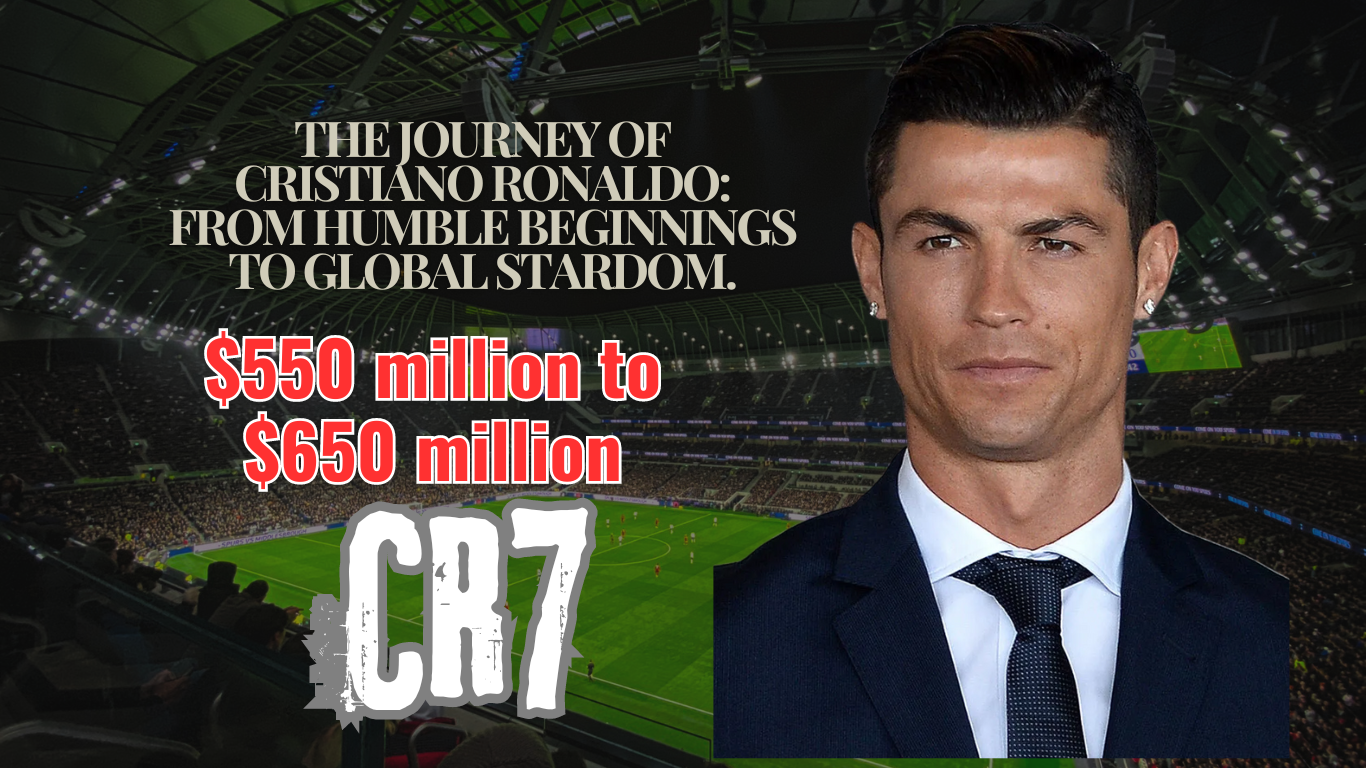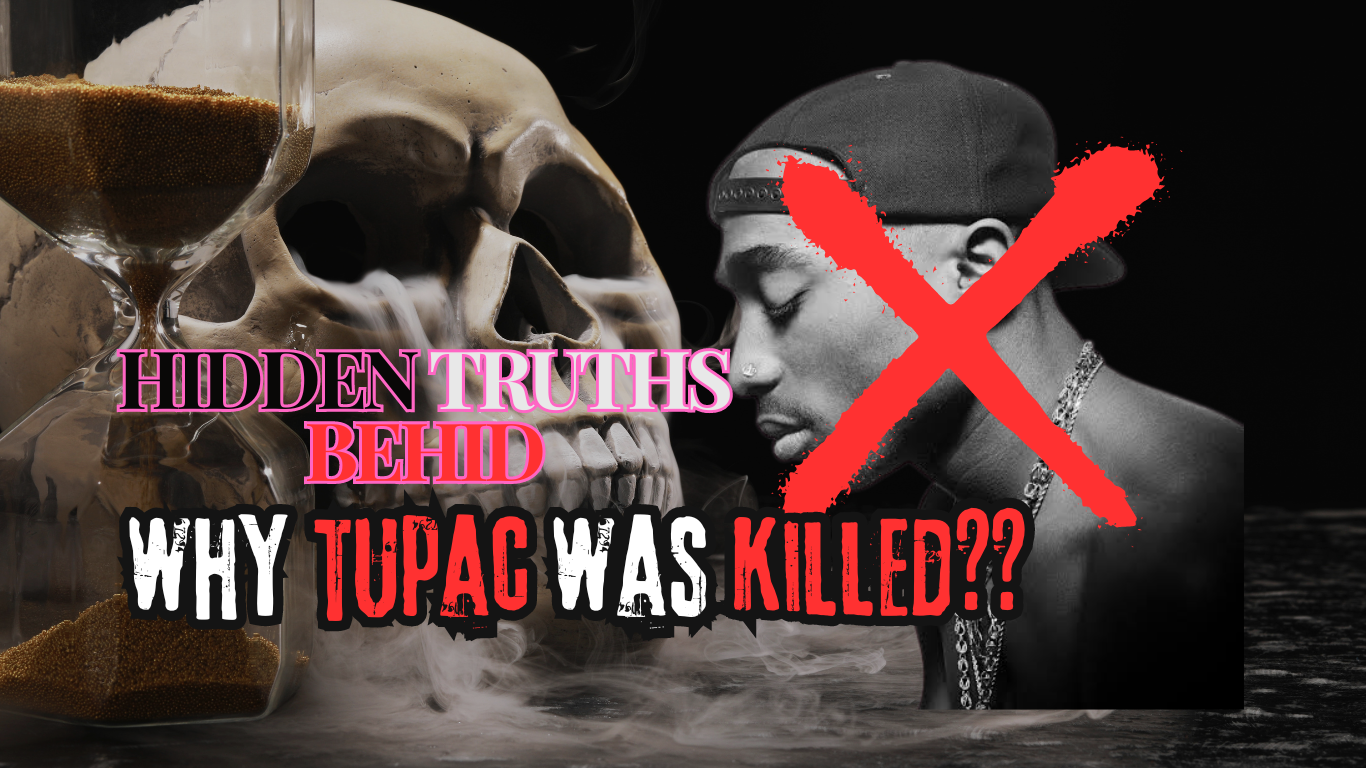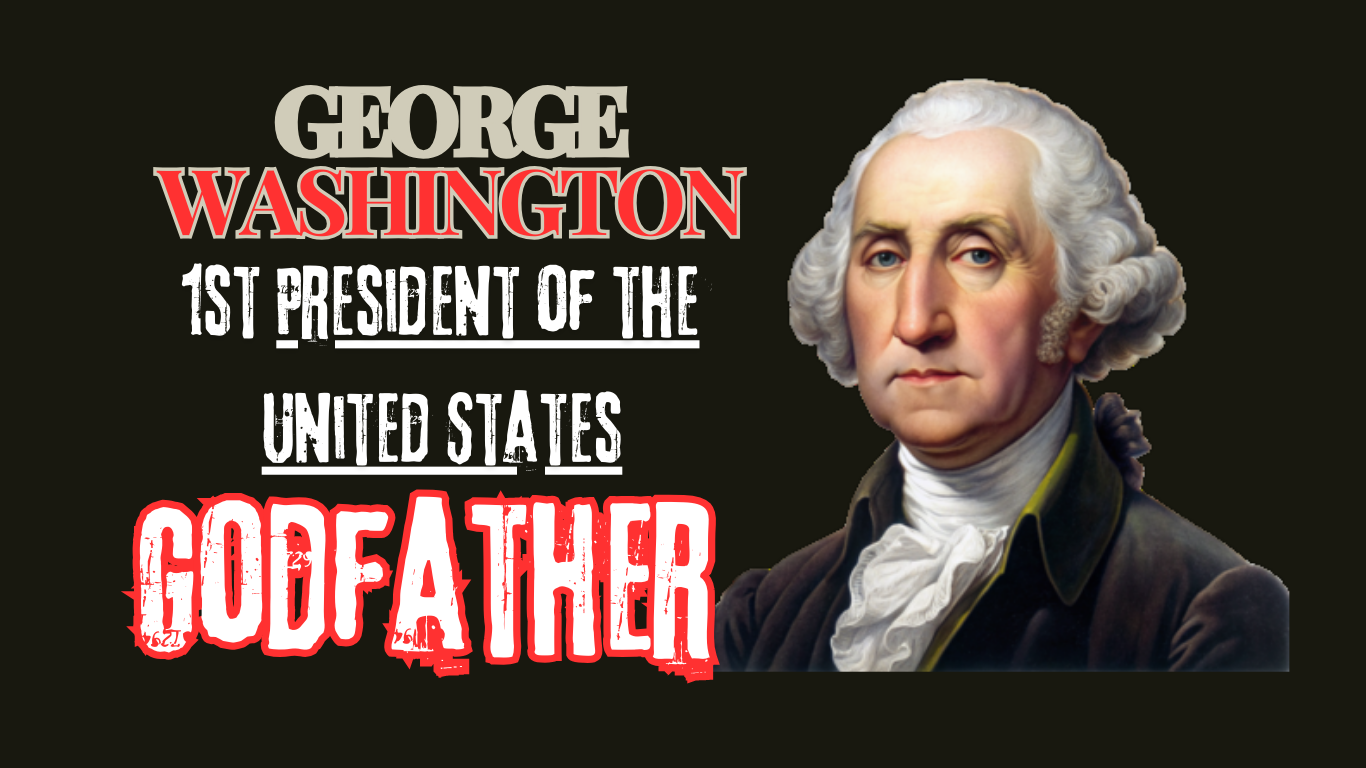Marcello’s Bio.
Carlos Marcello was one of the most notorious figures in organized crime, dominating the illicit landscape of New Orleans and beyond. But his reign couldn’t last forever. You may be wondering, how did such a powerful figure fall from grace? This article dives deep into the legal quagmire that ultimately led to Marcello’s downfall and imprisonment. Read on to understand the intricate web of legal troubles that ensnared this infamous mobster. Marcello appeared before the U.S. Senate’s Kefauver Committee on organized crime on January 25, 1951. He pleaded the Fifth Amendment 152 times. The Committee called Marcello “one of the worst criminals in the country”.
The Early Years and Rise to Power.
Carlos Marcello, born Calogero Minacore, stepped into the world of organized crime at a young age. He rapidly ascended the ranks, leveraging his keen mind and ruthless tactics to control extensive criminal operations across New Orleans. By the 1940s, Marcello was the undisputed head of the New Orleans crime family.
Early Legal Scrapes of Carlos Marcello.
Marcello was no stranger to legal trouble. In 1938, he was convicted for his involvement in a federal narcotics case. However, he managed to avoid significant jail time, a testament to his influence and connections. His early convictions did little to hamper his operations but foreshadowed the legal struggles that would later define his downfall.
Carlos Marcello Imprisonment journey.
In 1966, Marcello served a half year of a two-year sentence for attacking a FBI specialist. He figured out how to stay away from the crook courts for the following 15 years. Sometime down the road, at age 72, Marcello got two lawful offense convictions.
Intensifying Legal Pressure on Carlos .
As the 1960s unfolded, law enforcement agencies began to focus more intently on organized crime. The infamous Kefauver Hearings and increasing scrutiny from the FBI put Marcello in the crosshairs of federal investigations. Furthermore, Marcello’s alleged involvement in the assassination of President John F. Kennedy drew intense national attention, though solid evidence was elusive.
Who caught Carlos Marcello?
He turned into a practical objective of the Kennedy organization, still up in the air to close the extremely extended removal continue ings that had been started against him in 1953 . The reality of Robert Kennedy’s goal was proven by the fruitful, though concise, extradition of Marcello in 1961 .
Deportation Woes.
One of the most significant blows came when Marcello was deported to Guatemala in 1961 under the order of U.S. Attorney General Robert F. Kennedy. Although Marcello managed to return to the United States under dubious circumstances, the deportation was a major setback that eroded some of his influence and resources.
What happened to Carlos Marcello? A very bad day.
He received another ten years in a California bribery case, the sentences to run consecutively. In 1989, Marcello’s conviction was overturned and he was released on good behavior. Carlos Marcello died in New Orleans in 1993, never again deported from the country.
The RICO Act: A Game Changer.
The introduction of the Racketeer Influenced and Corrupt Organizations Act (RICO) in 1970 marked a turning point in the fight against organized crime. This act allowed prosecutors to go after entire criminal organizations rather than just individual crimes, acting as a powerful weapon against figures like Marcello.
The Final Blow: Operation Brilab.
Operation Brilab (short for “Bribery-Labor”) was the final nail in the coffin for Marcello. A sting operation by the FBI, it aimed at exposing corruption involving labor unions and organized crime. Marcello was arrested in 1981 and later convicted on multiple charges, including conspiracy and racketeering. He was sentenced to federal prison, marking the end of his criminal empire.
Marcello’s Imprisonment and Legacy.
Marcello began his prison sentence in 1983, serving time until he was released due to health issues in 1989. He passed away in 1993, but his legacy endured. Marcello’s downfall serves as a significant chapter in the history of organized crime in America, illustrating that even the most powerful figures are not beyond the reach of the law.
Conclusion.
The saga of Carlos Marcello demonstrates the complexities and eventual vulnerabilities of life in organized crime. Despite his formidable influence, Marcello’s legal troubles caught up with him, leading to his imprisonment and the disintegration of his criminal empire. Understanding his rise and fall offers invaluable insights into the broader narrative of organized crime in America.





Leave a Reply